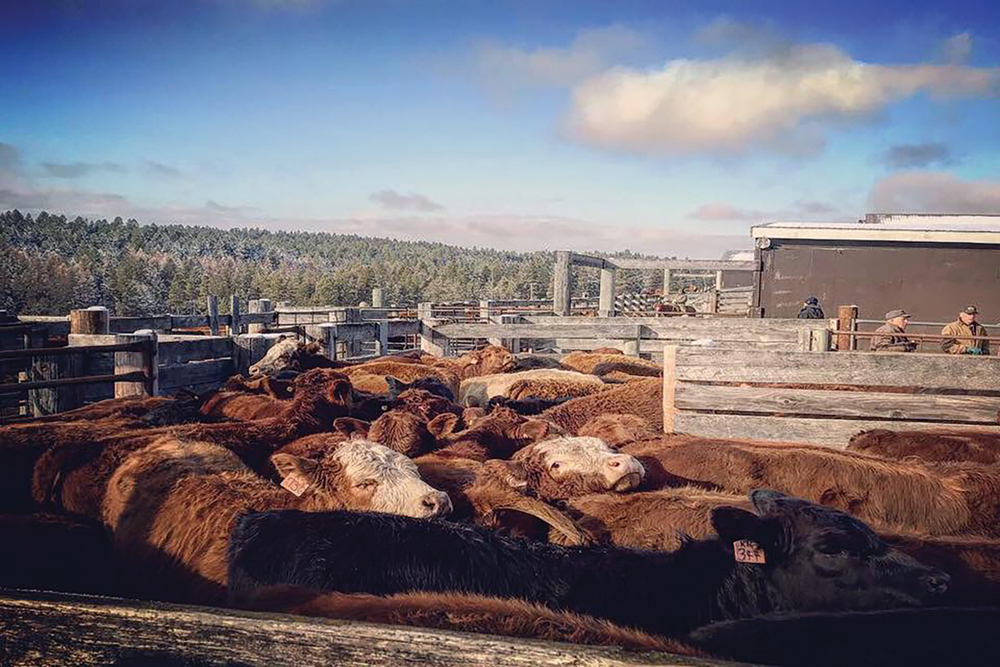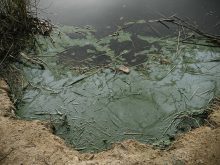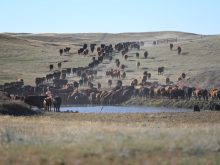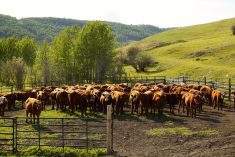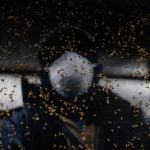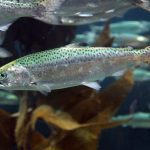As we head into another busy time of year for cattle producers and handlers, it’s good to stop and think about all the increased risks we face over the next couple of months.
Fall is a dangerous time because there is just a lot more movement as ranchers bring in cows and calves that haven’t been touched in months and feedlots are operating on long hours.
For those of us who have been working with cattle for many years, it’s tempting to think that we already know all the risks involved and how to keep ourselves safe.
Read Also
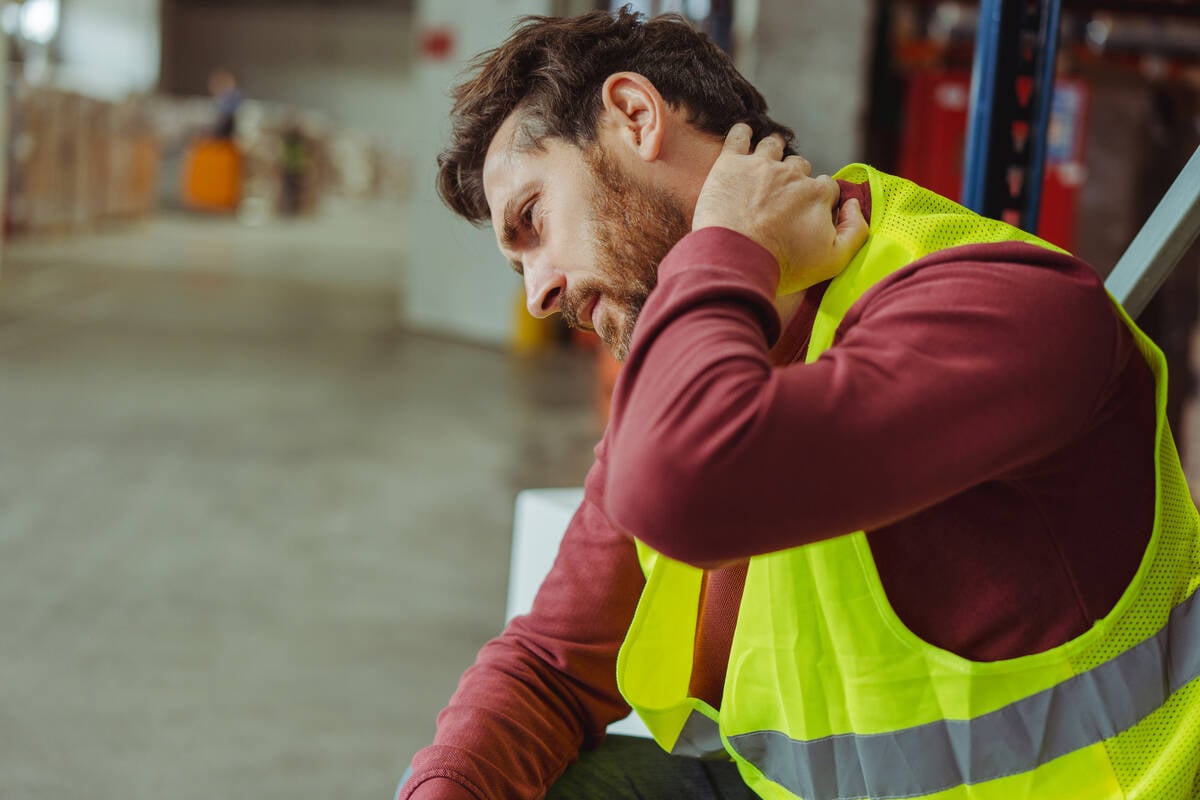
Gentle treatments for pain in the neck
Heading toward year-end, people unknowingly tense up against the cold and busyness, causing neck pain that can often be treated with appropriate support and gentle mobility, athletic therapist Kathlyn Hossack says.
But complacency, or “cutting corners” to save time, is often the culprit when it comes to farm injuries.
This is why AgSafe Alberta urges producers to remember that it’s always a good idea to remind yourself, and your staff, of the basics of animal handling.
When completing jobs on your farm or ranch, the safety of humans is always the top priority, followed by the safety of the animals. The lowest priority is the safety of property. Think of this pyramid when making decisions and assessments for safety practices.
Starts with low-stress handling
We believe in low-stress cattle handing as it promotes safer work, healthier and more relaxed cattle and more productivity.
What is low-stress cattle management? Basically, it means understanding why and how cattle act and react, and then designing an environment and processes that accommodate their existing behaviour instead of trying to force unnatural behaviour.
This translates into ensuring your herd’s first handling experience is a positive one, always being consistent in practices to building trust, limiting loud noises and always maintaining a consistent level of control over your herd.
Low-stress animal handling ensures the handler is in an optimal position at all times, to not trigger negative responses in cattle. Each animal has a flight zone and might respond unpredictably if you move into it. For example, if you move behind their shoulder, they’ll move forward. If you move in front of them they’ll back up or stop. If you apply pressure to either of these areas but the animal does not have a path to release the pressure (for example, if you walk towards their head while their back is against a fence) they may try to release the pressure through you, leading to an unsafe situation.
Knowing and understanding the flight zone and other typical cattle responses is key.
Low-stress management is also understanding how cattle are most comfortable travelling. They move best together, as they are herd animals, so it’s always best to avoid separating them, especially when moving them through animal-handling systems.
Training your family and workers with basic knowledge of animal behaviour is always a good safety policy.
A couple of final reminders:
- Always have an escape route planned
- Use no more force than necessary
- Take your time
For more information, visit the AgSafe Alberta website or contact 1-833-9AG-SAFE (1-833-924-7233).

